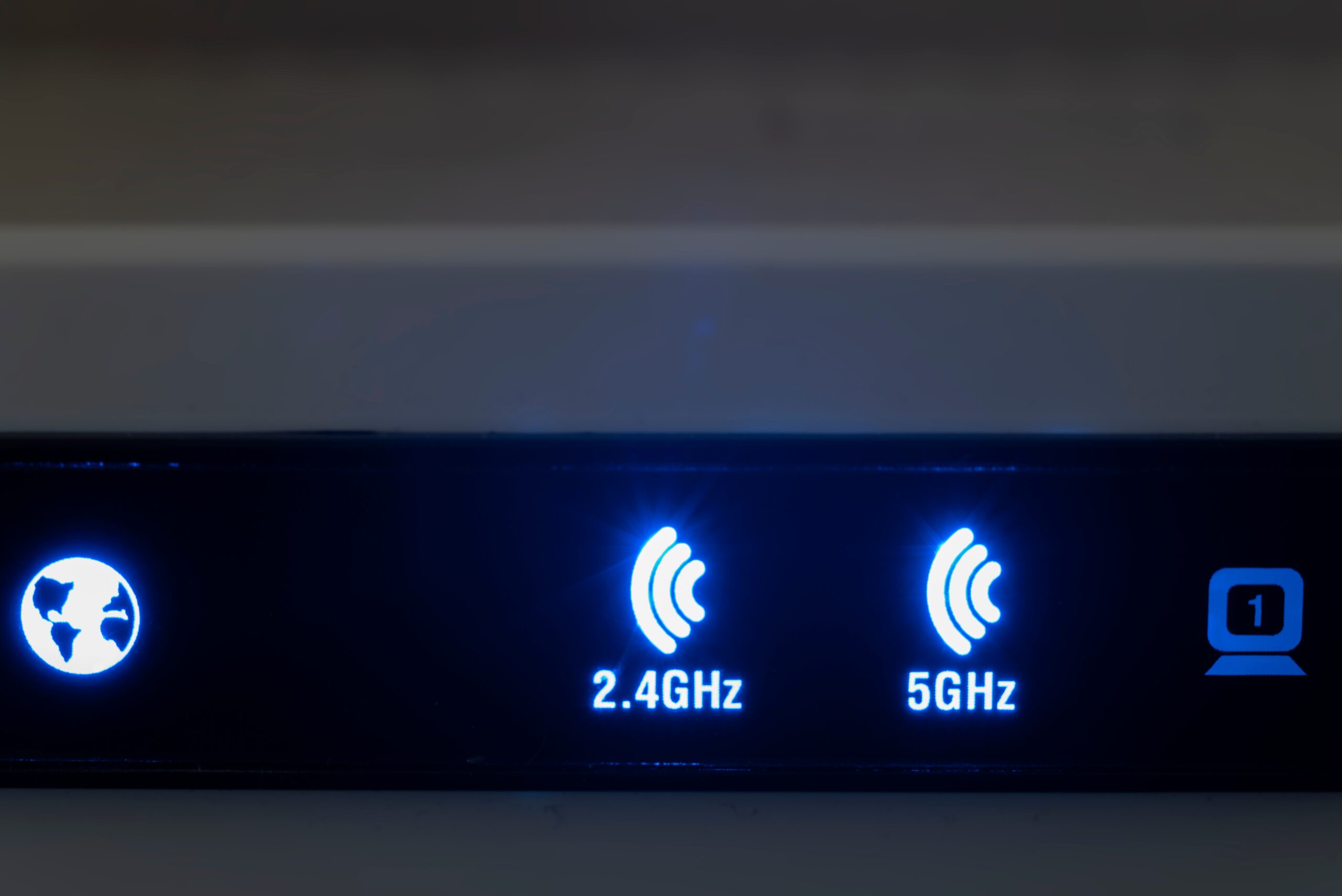No connection with your device is possible without a protocol. Thus, if you are looking for a way to find out more about the Internet, you should be aware of what protocols are.
The idea behind protocols
We are all quite swift to browse on the Internet. We all know that to browse in the Internet you need some sort of web browsers, like Google Chrome, Mozilla Firefox, Opera, Microsoft Edge, Brave and so on. You can also use Internet to make phone call. You typically need some application for that. There are quite a few application out there. The most common ones we are all so familiar with is the Skype, Viber, Google voice etc.
All of these applications are designed to use a certain kind of protocols. Protocols, to keep it comprehensible, think of it as a way your computer, device connects to other computer/ device.
Common protocols
Every web browser uses a protocol called Hypertext Transfer protocol (HTTP). All e-mail clients use the protocols called, Post Office Protocol (POP3) or Internet Message Access Protocol (IMAP) to receive all the e-mails. All e-mail applications use Simple Mail Transfer Protocol ( SMTP) to send e-mails. All of these Internet protocols have their own set of unique rules and port numbers. There are tons of other protocols the list of which is exhaustive but we will look at some of the common ones on the surface such as World Wide Web (WWW) (HTTP and HTTPS), E-mail (POP3, IMAP, SMTP), SSH, Telnet, FTP/SFTP, Remote Desktop Protocol (RDP) and VoIP (SIP).
Along with these protocols, there hundreds of other protocols behind the scene that we regularly use which take care of all the hard work and necessary functionality for us. Some of them we always see, speak about them but generally do not know what they are for. Take DNS for instance. Without the DNS you could not type in the right domain you want to visit. Like www.facebook.com and likes.
DHCP
Another one primary example is the DHCP (Dynamic Host Control Protocol). You do not necessarily see how DHCP is doing its work but without it you have one fine day without an IP address. Another one, as we are living in the time of web dominated Internet society all the fishy people also reside there. For this, lot of us are quite careful or feel unease to send out our credit card information, house number and any other personal information over Internet.
HTTP and SFTP
Fortunately, these things have been taken care by the protocol called Hypertext Transfer Protocol Secure (HTTPS). HTTPS uses port 443 and not the same as HTTP which runs on 80. If you are a newbie tech person, be it a technician or software engineer, you might find the following details useful. FTP is a file transfer protocol which runs on port 20, 21. SFTP, secure file transfer protocol runs on port 22. IMAP, Internet Messaging Access protocol runs on 143 which is used for incoming e-mail, Pop3 on 110, SMTP, Simple Mail Transfer protocol on 25 which is used for outgoing e-mail, Telnet on 23, SSH on 22, RDP on 3389 and SIP on 5060.
Generally you do not have to do anything to set HTTPS or anything manual since they are taken care by your web browser. You can certainly filter out or set rules of your own in your browser, which allows only HTTPS web sites to come to you. Besides, all modern browser have the built-in functionality which will warn you if you are about to visit any non-https website.

